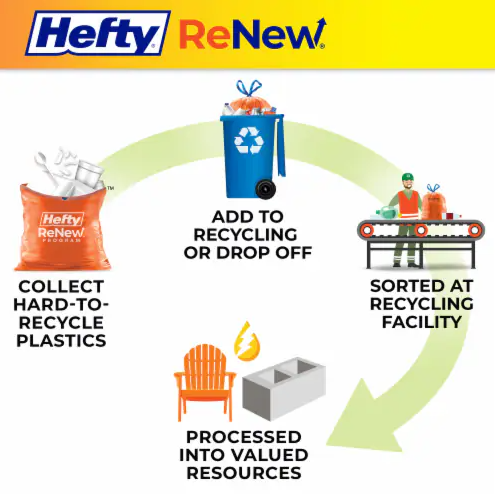Recycling Common Household Items
June 18, 2015Hilliard is on the “Path” to Sustainability and Good Health
July 18, 2015As most Hilliard residents are now aware, elevated nitrate levels in the Scioto River have caused the City of Columbus to issue a nitrate advisory for those receiving water from the Dublin Road Water Plant (whose service area includes Hilliard).
While tap water is still safe to drink for adults, nitrate in drinking water is a serious health concern for infants less than six months old. Residents should not give tap water to infants less than six months old or use it to make infant formula, juice, or baby cereal. Also, residents should be advised that boiling, freezing, filtering, or letting water stand does not reduce the nitrate level. In fact, boiling the water will actually increase nitrate concentration as water evaporates.
Nutrient loading has been a significant issue in Ohio over the last several years, and earlier this year we wrote about Senate Bill 1, which sought to curb some of these issues. In just the last few days, as part of the budget bill, the Ohio legislature has proposed amendments to some of the language in Senate Bill 1 in order to allow property owners who are contiguous to a buffer around a body of water to create an access path and remove plants from the buffer. Some city officials worry that this amendment could harm water quality because those buffers act as filters to keep nitrates and other contaminants from running off into the water.
In this article, we’ll answer some common questions about nitrates in the drinking water supply:
What is nitrate?
Nitrate is an ion with the molecular formula NO3.
How much nitrate is allowed in drinking water?
The maximum contaminant level (MCL) for nitrate in drinking water is 10 milligrams per liter (mg/L).
What are the health effects of nitrate?
Nitrate is essentially harmless to most people, but is considered an acute toxin to infants less than six months of age. In infants, it causes a condition known as methemoglobinemia, or “blue-baby syndrome.” Blue-baby syndrome is caused when bacteria in the digestive tract of infants change the nitrate into nitrite, a much more harmful substance. The nitrite then enters the bloodstream, where it can lower the blood’s ability to carry oxygen to the body. Infants under six months of age are at higher risk than others because their digestive tract is not fully developed. By six months of age, the hydrochloric acid in the stomach increases to a level that kills most of the bacteria which change nitrate to nitrite, significantly reducing the risk of methemoglobinemia.
How did nitrate get in the drinking water supply?
Nitrogen occurs naturally and is essential for plant growth, which is why it is applied as fertilizer to farmland, lawns, and golf courses. During certain weather conditions, the fertilizer can run off into streams and rivers where it reacts with water to form nitrate. The Scioto River receives runoff from more than 1,000 square miles of land, 80% of which is agricultural, before reaching the Dublin Road Water Plant intake. Therefore, the Scioto River is more susceptible to nitrogen runoff than the other water sources in Columbus.
Other common sources of nitrate contamination include faulty septic systems.
Can drinking water be treated to remove nitrate?
The vast majority of treatment systems used in homes (such as a carbon filter) do NOT remove nitrates. Some more expensive systems (such as reverse osmosis or distillation units) are effective at removing nitrates. Look for an NSF International Mark for removing nitrates. If you are unsure whether your system removes nitrates from drinking water, visit http://www.nsf.org for more information.
For additional information, visit:
http://columbus.gov/Templates/Detail.aspx?id=80280
http://epa.ohio.gov/Portals/28/documents/pws/Nitrate_in_Public_Drinking_Water.pdf




